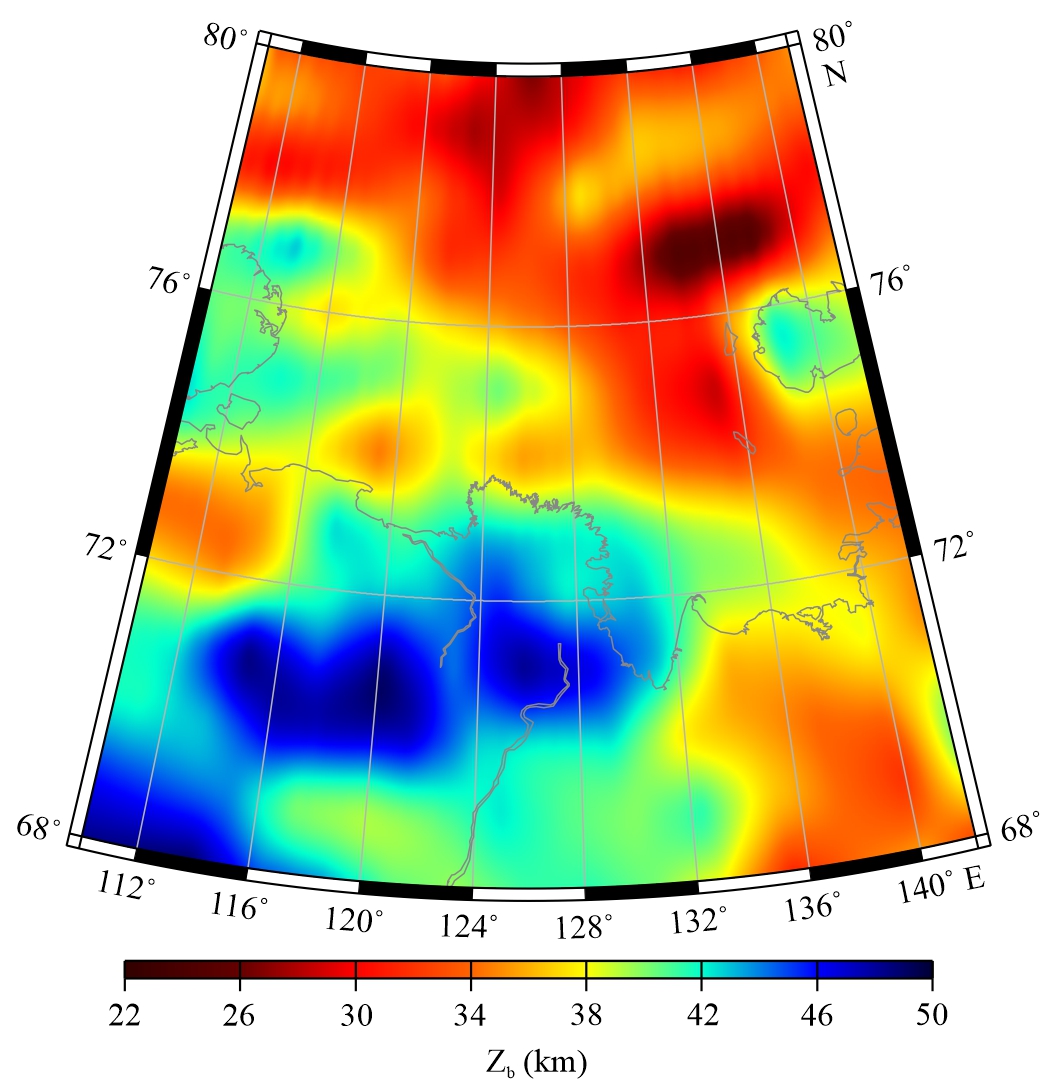Previously, in a series of the author’s works on the construction and analysis of the generalized vicinity of a large earthquake (GVLE), a set of average predictive anomalies was described in details. It was shown that the physical mechanism of earthquakes of different depths is different, and, accordingly, their precursors are different also
More“CLARIFICATION OF THE NATURE OF TYPICAL PRECURSOR ANOMALIES FOR DIFFERENT-DEPTH EARTHQUAKES IN THE KURIL-KAMCHATKA REGION”An efficient Galerkin method for problems with physically realistic boundary
The paper «An efficient Galerkin method for problems with physically realistic boundary» conditions was published in the journal «Computer Physics Communications». The author of the article is doctor of physical and mathematical sciences O.M.Podvigina.
More“An efficient Galerkin method for problems with physically realistic boundary”Are strain rate lows proxies of low-potential of strong earthquakes? A case study in Western China
Strain accumulation is believed to be closely related to the occurrence of strong earthquakes.
More“Are strain rate lows proxies of low-potential of strong earthquakes? A case study in Western China”Global Geodynamic Model of the Earth and Its Application to the Arctic Region
A geodynamic model of the modern Earth is constructed based on the SMEAN 2 global seismic tomography model with an emphasis on the Arctic region. For a spherical Earth model, a solution of the Stokes equation for a viscous fluid was obtained based on seismic tomography data using the CitcomS code. The resulting distributions of temperature anomalies and velocity fields of mantle flows explain the main features of the modern geodynamics of the Arctic region.
More“Global Geodynamic Model of the Earth and Its Application to the Arctic Region”Number of Aftershocks in Epidemic-type Seismicity Models and reality
About the article by G. Molchan published in Geophys. J. Int.,239 (2024).
The widely used ETAS seismicity model describes the clustering of seismic events as an epidemic-type process (property A), assuming that the F1 distribution of the number of direct aftershocks is Poisson (property B). The real data favor the geometric distributions F1 (Shebalin et al., 2018). The F2 distribution of the number of all events in a cluster with relative magnitude (relative to the main shock) greater than – Δ is often also associated with geometric type However, the coincidence of distribution types F1 and F2 turns out to be in contradiction with the A-property, and the geometric type F1 is in contradiction with the B-property.
More“Number of Aftershocks in Epidemic-type Seismicity Models and reality”The Deepest Depressions on Land in Antarctica as a Result of Cenosoic Riftogenesis Activation
New subglacial BEDMACHINE model shows the presence of a large number of narrow and deep bedrock depressions in various regions of Antarctica with depths up to 3500 m below sea level (Denman Depression).
More“The Deepest Depressions on Land in Antarctica as a Result of Cenosoic Riftogenesis Activation”Thermal state of the lithosphere beneath The Laptev Sea: Geodinamic implications from geomagnetic data
The Laptev Sea is a unique region, representing a transition zone from the spreading Gakkel Ridge to the rift system, located on the continental margin of Eurasia. In this study, we construct high-resolution distributions of the depths to the top and bottom of the lithospheric magnetic layer (LML) for the Laptev Sea and adjacent areas using the centroid method and the EMAG2v3 model of the lithospheric magnetic field. Maximum bottom depths of the LML (45–48 km) are observed under the Siberian Platform, in the north of the Verkhoyansk Range, and under the Lena River delta and Buor-Khaya Bay, while the shallowest bottom depths (<34 km) are attributed to the Eurasia Basin and eastern Laptev Sea. Our results indicate that the coldest lithosphere is attributed to the Siberian Platform. The lithospheric heating is observed under the Eurasia Basin and eastern Laptev Sea; the western part of the shelf, Buor-Khaya Bay, and Lena River delta are characterized by the colder lithosphere. The eastern segment of the Khatanga-Lomonosov Fracture is characterized by a local temperature minimum. An area of relatively high temperatures in the east of the shelf passes to the continent through the Yana Bay and covers the Yana-Indigirka lowland. This fact along with the crustal thinning and extension allow us to suggest rifting processes in the considered area.


